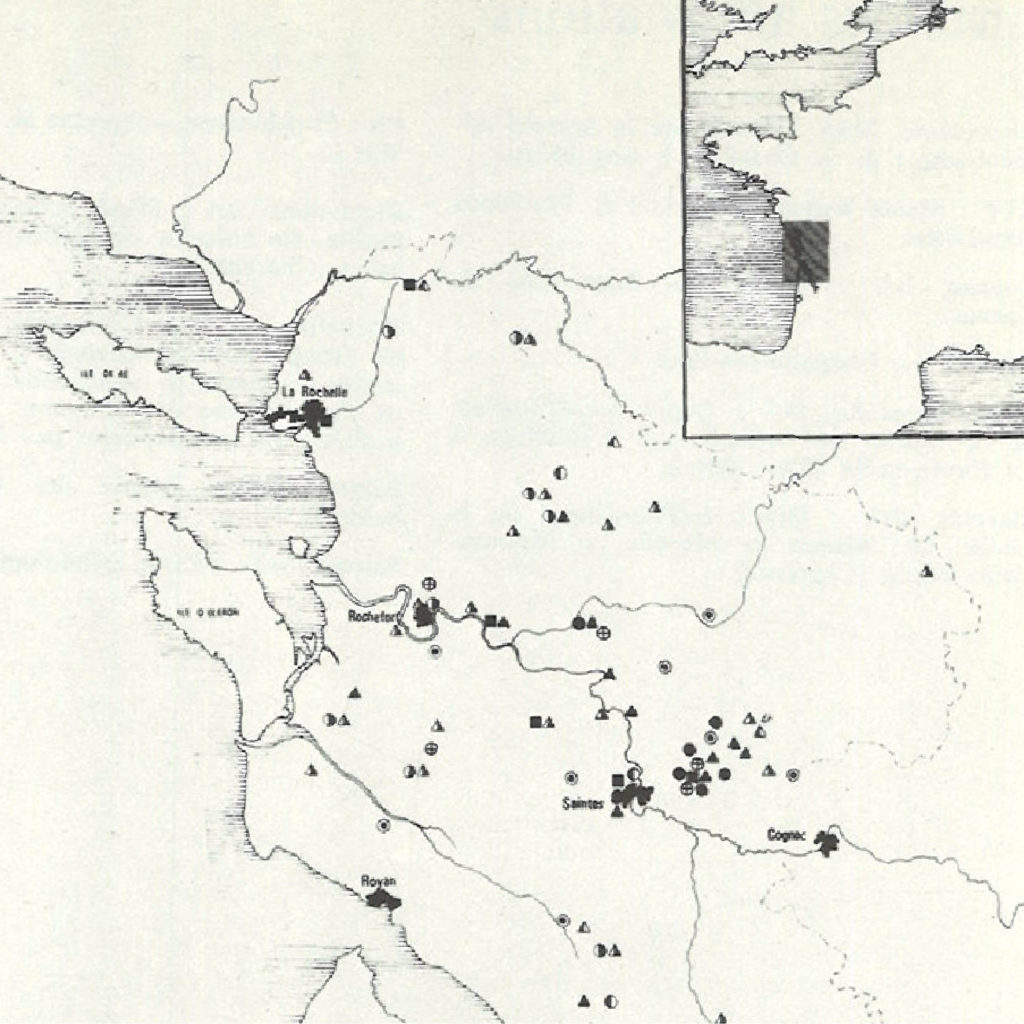This jug was made in the 17th century in Saintonge in south-western France, a region renowned for its pottery industry from the late Middle Ages. Initially, the workshops produced high-quality ceramics for the religious and secular elite.
From the mid-seventeenth century colonial trade increased demand for Saintonge ceramics to be exported. Archaeologists have found a proliferation of kilns in the region dating to the late seventeenth and eighteenth-centuries. As production grew in scale, it affected the quality of the pieces to cater to a more diverse range of clients.

The Courtauld’s puzzle jug is typical of the larger production scale of the late period of Saintonge pottery. The medallions decorating the exterior of the jug, for example, were pre-fabricated by being pressed into moulds, and were then applied to the body of the jug when the clay was leather-dry. These medallions appear on many known pieces of the period.

